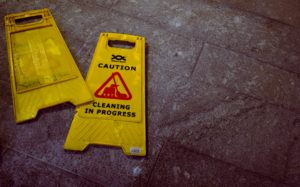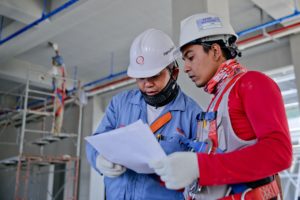
Health and Safety Services
Health and Safety Services: Our First Line of Defense
Health and safety might not be the first thing that comes to mind when you think about your day-to-day life. But the truth is, health and safety services touch all of us in one way or another. From the food we eat to the air we breathe, health and safety regulations help protect us from harmful substances and situations.
Below are just a few ways health and safety services impact our lives.
The Food We Eat
It’s undeniable that the food we eat is one of the most important things that affect our health. What we put into our bodies can either provide us with the nutrients we need to stay healthy, or it can make us sick. That’s why it’s so important to have access to safe, healthy food. And that’s where more health and safety services come in.
Have you ever wondered how the food you buy at the grocery store is safe to eat? In the United States, the Food and Drug Administration (FDA) is responsible for ensuring that the food we eat is safe. The FDA does this by setting standards for food production and inspecting food facilities to make sure they are following these standards.
By ensuring that our food is properly prepared and stored, these services help to reduce the risk of foodborne illness. They also help to protect us from other potential health hazards, such as exposure to harmful chemicals.
The Air We Breathe
Another environmental factor that’s important to all of us is air quality and atmospheric health. For instance, the release of pollutants from factories can contribute to poor air quality, while the burning of fossil fuels can impact the health of the atmosphere. Health and safety services help to protect both the air we breathe and the atmosphere.
For example, environmental health officers may inspect factories to ensure that they are not releasing harmful pollutants into the air. Similarly, safety officers may work to prevent the accidental release of hazardous materials that could harm the atmosphere. By working to protect both the air we breathe and the atmosphere, health and safety services play an essential role in protecting our environment.
And did you know that the air you breathe can also be regulated by health and safety agencies? In the United States, the Environmental Protection Agency (EPA) sets limits on air pollution from factories, power plants, and other sources. The EPA also works to develop technologies to make it easier for industries to meet these limits. By breathing cleaner air, we can all enjoy better health.

Our Homes and Workplaces
When most people think of health and safety regulations, they often think of rules related to our homes and workplaces. And it’s true – health and safety agencies do set standards for things like electrical wiring, fire safety, and lead paint in our homes.
But health and safety regulations don’t stop there. Agencies like OSHA also guide how to make our workplaces safer overall. As an extension of safety in our homes, building and pest inspections are also in place in communities to ensure that integrity is maintained and our safety is assured.
For When We Need Further Care
Health and safety services play an important role in tertiary care, rehabilitative care, and even respite care.
In tertiary care (meaning in hospitals and bigger facilities), health and safety services help to protect patients from exposure to potentially harmful substances and situations. The doctors and staff are trained in the eventuality when these harmful substances do affect patients. They are also knowledgeable in preventing this harm to more vulnerable patients.
In rehabilitative care, health and safety services help to ensure that patients can safely participate in their rehabilitation programs. They also help regulate certain therapies that are deemed to be harmful in some settings. As well as newer treatments that will be part of the rehab programs like Baclofen in treating alcohol addiction.
And in respite care, health and safety services help to provide a safe and secure environment for carers to take a break from their caring duties. After all, respite care can help to improve overall health and well-being and making sure that the carers are safe is a big priority. All of these types of care require the use of health and safety services to ensure that patients, staff, and visitors are protected from harm.
Conclusion
Health and safety services are essential for protecting us from harm. They help to regulate air quality, workplace safety, and lead paint in our homes. They also guide how to make our workplaces safer overall. In addition, health and safety services play an important role in tertiary care, rehabilitative care, and even respite care. Without these services, we would be at a greater risk for illness and injury.
